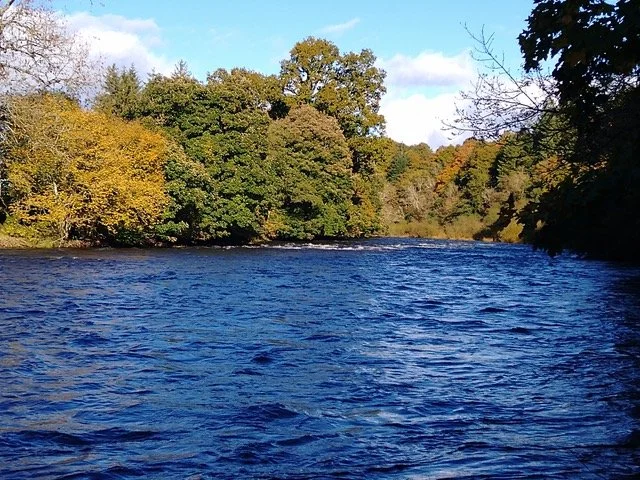On 13th January 2022 the House of Commons Environmental Audit Committee (EAC) published its report on “Water Quality in Rivers”. It concluded that a –
“ ‘ chemical cocktail’ of sewage, slurry and plastic polluting English rivers puts public health and nature at risk.”
The EAC report picks up on and examines a point which I have made repeatedly in articles, blogs, evidence and conferences over the last three years, namely that 0% of England’s rivers meet chemical standards that were first set in the EU Water Framework Directive in 2000, and 86% of these rivers do not meet ecological standards for ‘good status’.
The EAC report builds on and is informed by the important work of its chair, Rt. Hon Philip Dunne MP, who introduced a Private Members’ Bill aimed at forcing water companies to restrict discharges of untreated sewage to rivers. This proposed legislation, on which I reported – “Environment Bill 2. Commons Committee Chairs battle to improve river pollution, air quality” - helped to raise the public profile of acute water pollution, which in turn led to repeated efforts in the House of Lords to secure similar objectives, and eventually resulted in stronger provisions in the Environment Act 2021.
There is no doubting the seriousness of the report’s findings. From iconic salmon rivers, all ‘at risk’, and Wiltshire rivers where river fly such as the Blue Winged Olive and Iron Blue Dun have become unknown, to the significant public health risks, from swimming and canoeing in polluted waters, with a real growth in anti microbial resistance. Some microplastics concentrations in English river sediments are the highest recorded anywhere in the world.
The EAC report is unflinching about the main contributory causes of what is the worst river pollution in Europe. It analyses carefully the way in which water companies permits have been circumvented so that discharges of untreated sewage have taken place not only during ‘exceptional rainfall’ but also for prolonged periods beyond that, in breach of the permits and therefore illegally. One leading campaigner, Fearghal Sharkey of Amwell Magna Fishery, is quoted as complaining that his local water company –
“spent in the region of 29,916 hours dumping sewage into five of the rarest ecosystems on the planet”.
New forms of discharge monitoring have finally prompted the environmental regulator the Environment Agency and the economic regulator OFWAT to announce detailed investigations of compliance with these permits.
For really serious and prolonged breaches of the law – for example, covered in my earlier blog “Southern Water’s £90 million fine for unpermitted sewage discharges “deliberate disregard for the law from the top down” – the report calls for even tougher financial penalties; although it might be more effective for the prosecution to be able to seek the disqualification of directors.
The EAC report addresses agricultural pollution as another major contributory cause of the problem, citing examples of phosphate overloading from chicken farms and agriculture in rivers such as the River Wye, along with pesticides, veterinary medicines and other agricultural chemicals. Monitoring visits to farms are so rare that they are only likely to occur every 200 years or more, which scarcely acts as a deterrent.
The report also goes into less well reported contributions to gross pollution, such as the microplastics from vehicle tyres, which has received relatively little attention from National Highways, and the major contribution made by individuals and households, from whale-sized ‘fatbergs’ of fats oils and greases through the chemicals and plastic fibres from fabric washes, and plastic treated wet wipes which have accumulated into reefs in rivers like the Thames. Few of these issues are completely new. In the Eastern United States, storms drains have reminders stamped into the concrete about draining to watercourses: in the Western States there is often a painted stencil of a fish. Consistent public awareness campaigns about contributing to water pollution are more common in America than England.
Population growth and development is another major factor in river pollution. The report points to there being 1 million new homes built in the last 5 years in England, with targets for 300,000 homes per year by the mid 2020s. Unless these are accompanied by an equally determined promotion of sustainable drainage systems, and processes to separate storm drainage from the sewage systems, the sewage systems will become overwhelmed.
The report clearly identifies the chronic lack of monitoring and basic data and the real lack of effective enforcement undertaken by the Environment Agency, accompanied by the over-emphasis at OFWAT of lower bills to the detriment of environmental protection. It is critical of the huge cuts in funding for the general and enforcement operations of the Environment Agency in particular. Well publicised leaks of representations from Agency officers, from the top downwards, have pointed out the huge impact this has had on its willingness and ability to carry out monitoring and enforcement. For some commentators quoted in the report, such as Guy Linley Adams of Salmon and Trout Conservation, adequate enforcement of existing laws would itself be sufficient to deal with river pollution: they argue that there has been a plethora of policies but poor implementation, with the Environment Agency underfunded and unsupported. The report is clear about the real lack of political will to have these matters effectively addressed up to this point.
Whilst it pulls no punches, documenting the ‘ground zero’ standards of pollution in England’s rivers, one of the best aspects of this report is that it does not oversimplify the causes. Instead it calls for a major and sustained effort across regulators, government, agriculture, water companies, highways and the public, to commit the resources, find the political will and have the public information campaigns to aim for far better outcomes. Despite being very sobering reading, it is very encouraging to see a cross party Committee devote so much time and trouble to a really careful appraisal of a deep seated environmental problem. The report should be the springboard for future government action.
The Full Report and Summary are here –
https://publications.parliament.uk/pa/cm5802/cmselect/cmenvaud/74/report.html

